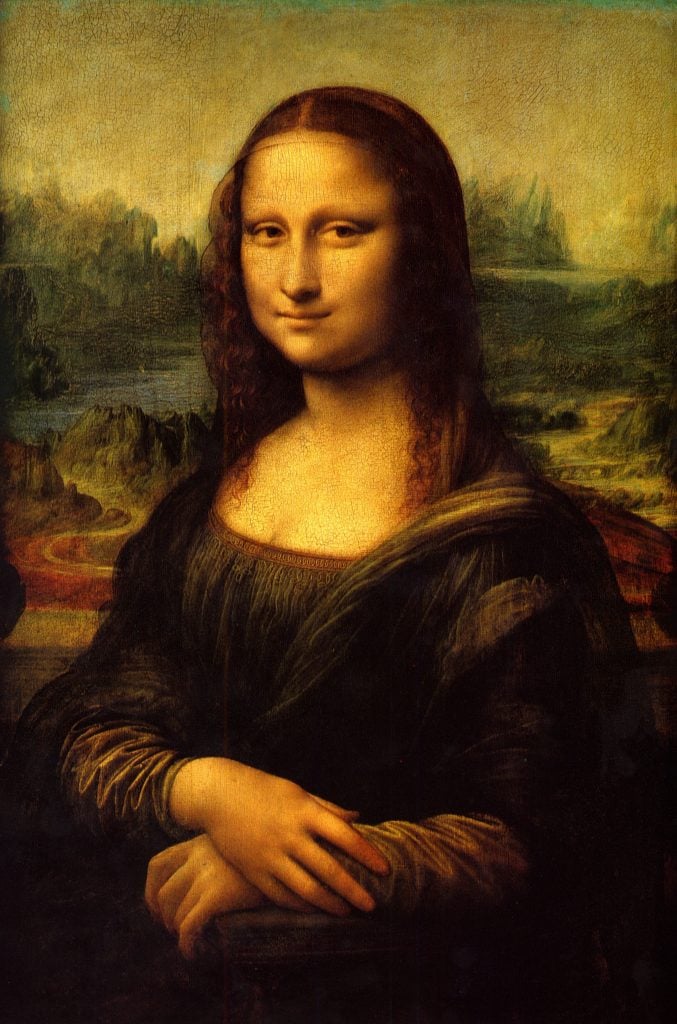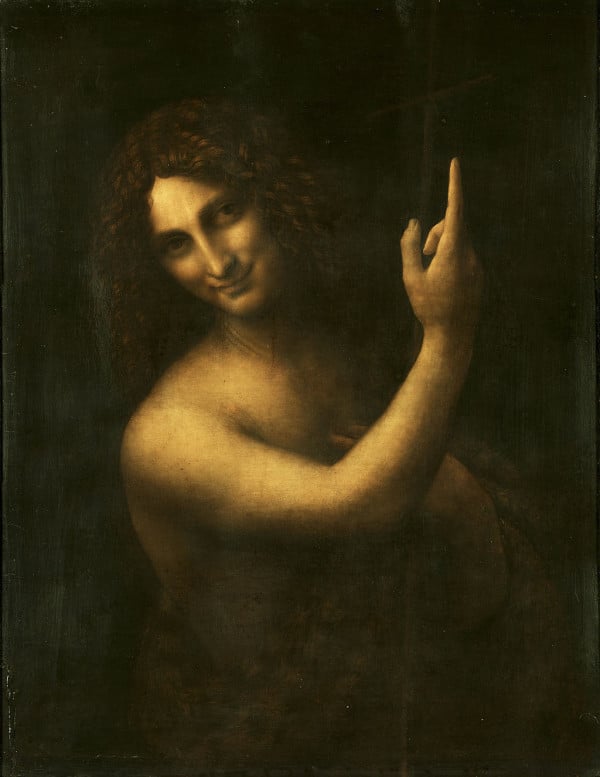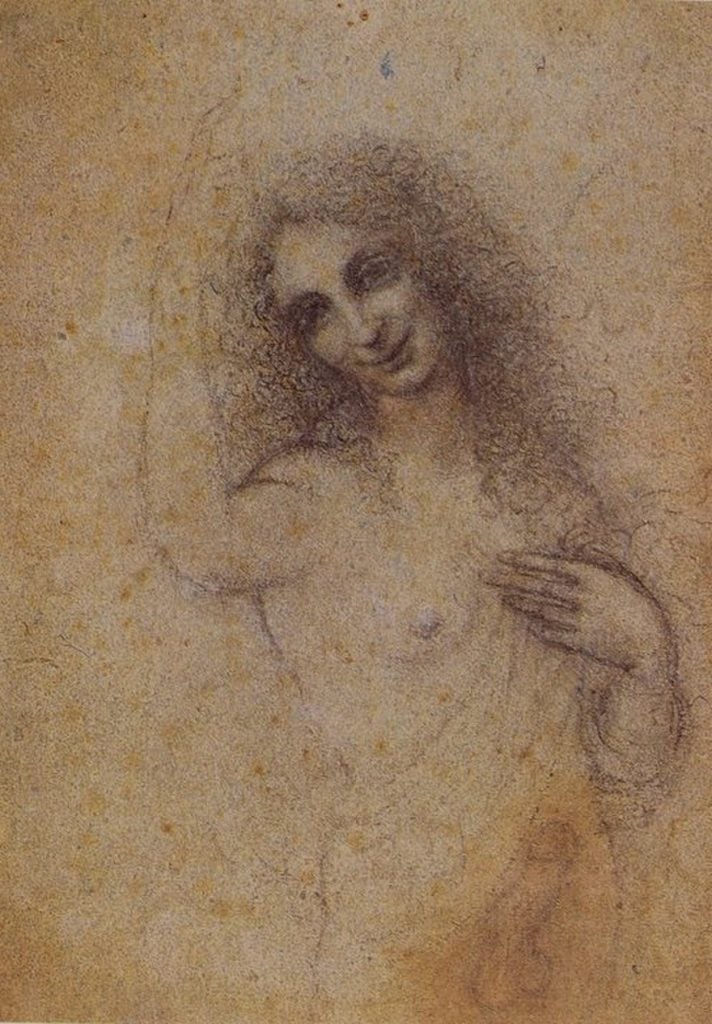Art & Exhibitions
Was the ‘Mona Lisa’ Based on Leonardo’s Male Lover?
Leonardo's apprentice and probable lover, Salai, may have modeled.

Leonardo's apprentice and probable lover, Salai, may have modeled.

The mysterious smile of Leonardo da Vinci‘s Mona Lisa has captivated viewers for generations, but the true identity of the Renaissance artist’s most famous subject has eluded art historians for centuries. Now, a theory put forth by an Italian researcher posits that the image was primarily based on a young man who was Leonardo’s apprentice and possible lover.
Silvano Vinceti, head of the National Committee for Cultural Heritage, believes that the Mona Lisa bears several striking similarities to Gian Giocomo Caprotti, known as Salai.
He also examined infra-red scans of the world-famous artwork and compared it to other works by the master that Salai was known to have modeled for.
“You see it particularly in Mona Lisa‘s nose, her forehead, and her smile,” Vinceti told the Telegraph. At a Foreign Press Association news conference, he cited Leonardo’s St. John the Baptist and Angel Incarnate, an erotic drawing of a young boy with an erection, as other works based on Salai.

Leonardo da Vinci, St. John the Baptist (1513). Collection of the Louvre, Paris.
Salai was apprenticed to Leonardo at around age 10, in 1490, and was known for being somewhat of a troublemaker—his nickname means “little devil.” He worked with the Renaissance master for two decades, and the two are widely believed to have been romantically involved.
The most accepted theory on the Mona Lisa is that painting’s model was Lisa Gherardini, the wife of an Italian silk merchant. The couple’s Tuscan villa went on sale for $11.3 million earlier this month. Others have argued that the Mona Lisa is actually a self-portrait, or a depiction the artist’s mother and that she was a Chinese slave.

Leonardo da Vinci, Angel Incarnate (1513–15). Courtesy of the
Louvre, Paris.
Although Vinceti is not the first scholar to raise the possibility that Salai sat for the iconic portrait, the idea has not been met with universal approval. Art historian and Leonardo expert Pietro Marani told Agence France Presse that the theory was “groundless,” while Martin Kemp, a professor emeritus of art history at Oxford’s Trinity College told the Telegraph that Vincenti’s claims were “a mishmash of known things, semi-known things, and complete fantasy.”
By Vinceti’s reckoning, Salai wasn’t the only source for inspiration for the canvas. “The Mona Lisa is androgynous—half man and half woman,” he said. The female influence, he allows, could be from Gherardini, or perhaps Beatrice D’Este, wife of Milanese duke Ludovico Sforza, whose court Leonardo worked at during the late 15th century. While most historians believe Leonardo began the Mona Lisa in 1503, Vinceti contends that he may have started the masterpiece while he was living in Milan in the 1490s.